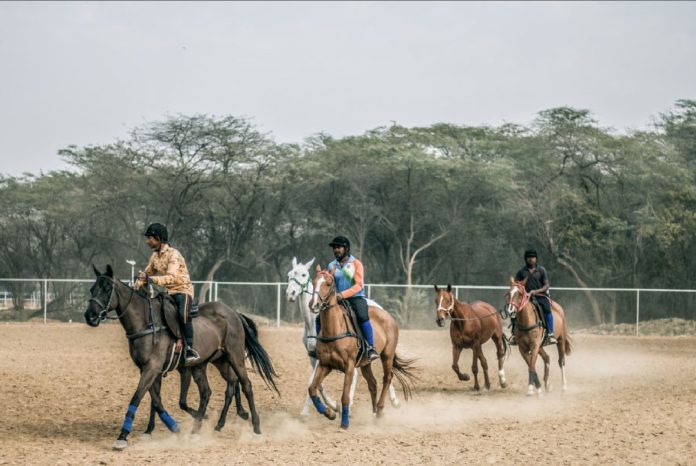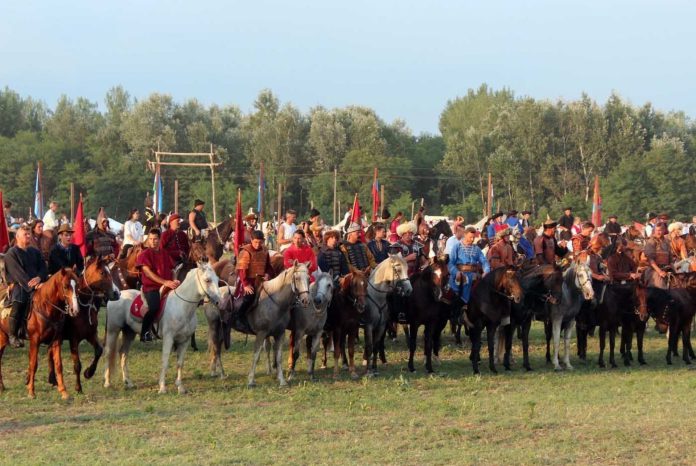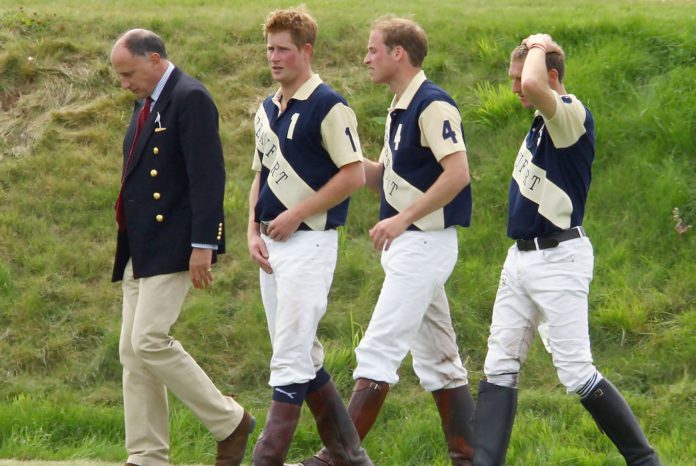IT is very usual to hear polo players talk about their favourite polo ponies. While their choices are sure to differ, one thing is constant and that is these players remarking at the “big hearts” of their ponies.
Polo is known for the speed, the thrill, the action and the moves– that if skipped–are skipped forever. It is usual to see players colliding into each other, pushing in wake to grab the control of the ball. It is a constant horse race, where the ponies don't have the time and moment to shy away to seize the bright white ball.
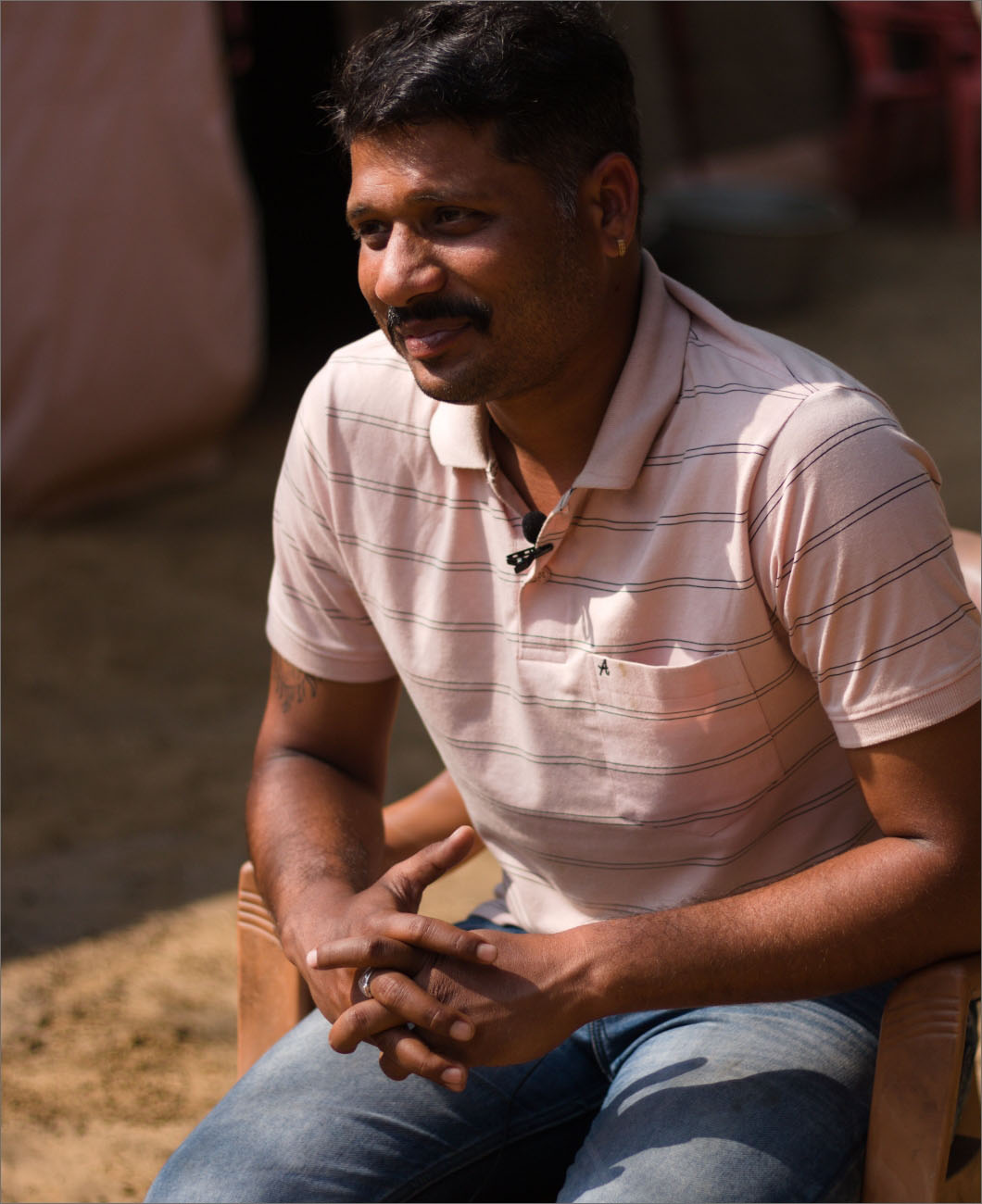
It is for all of this, that the polo ponies are trained. Rome wasn't built in a day, and neither can a polo pony be trained fast. The journey from an infant pony to the brave beauty on the field is a long process. It needs to be trained, the game demands skill. Polo ponies are trained to be brave enough to follow the ball and let that bamboo polo mallet swing near their heads. They need to be quick and agile in order to take sudden sharp turns and follow the path of the ball through various movements. It is important for them to stay in good shape, physically as well as mentally.
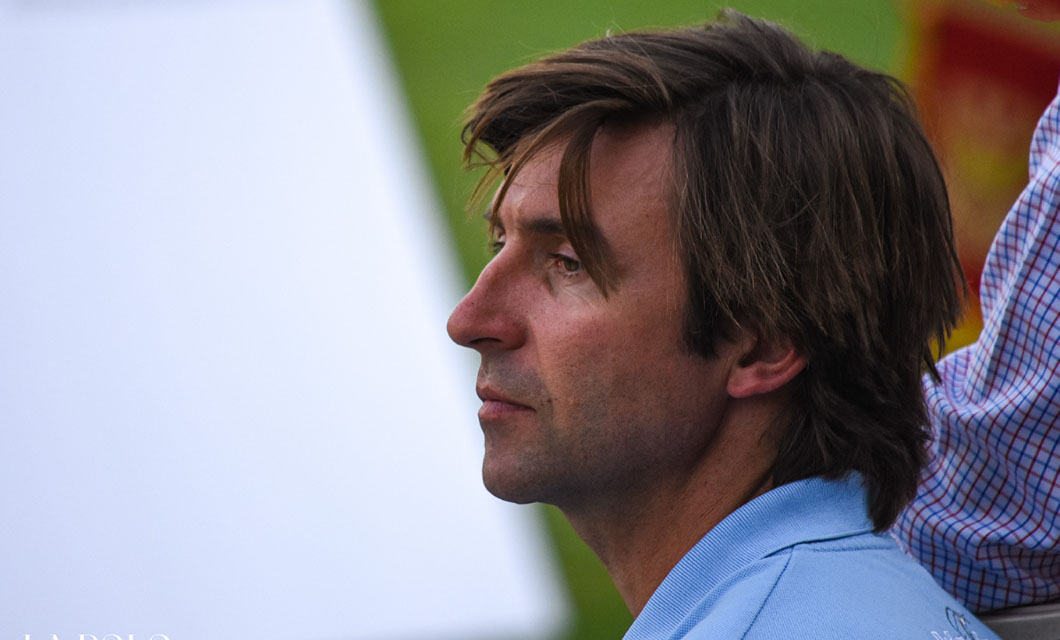
Polo ponies usually start their training at a young age of 2 or 3. What is amazing is that polo is something natural for them. Player Roddy Williams told LA POLO: “If you free the polo ponies in a barn and notice their movement, you will notice how they play around. They will run, stop, turn and repeat the process. That is pretty much what the sport of polo requires.”
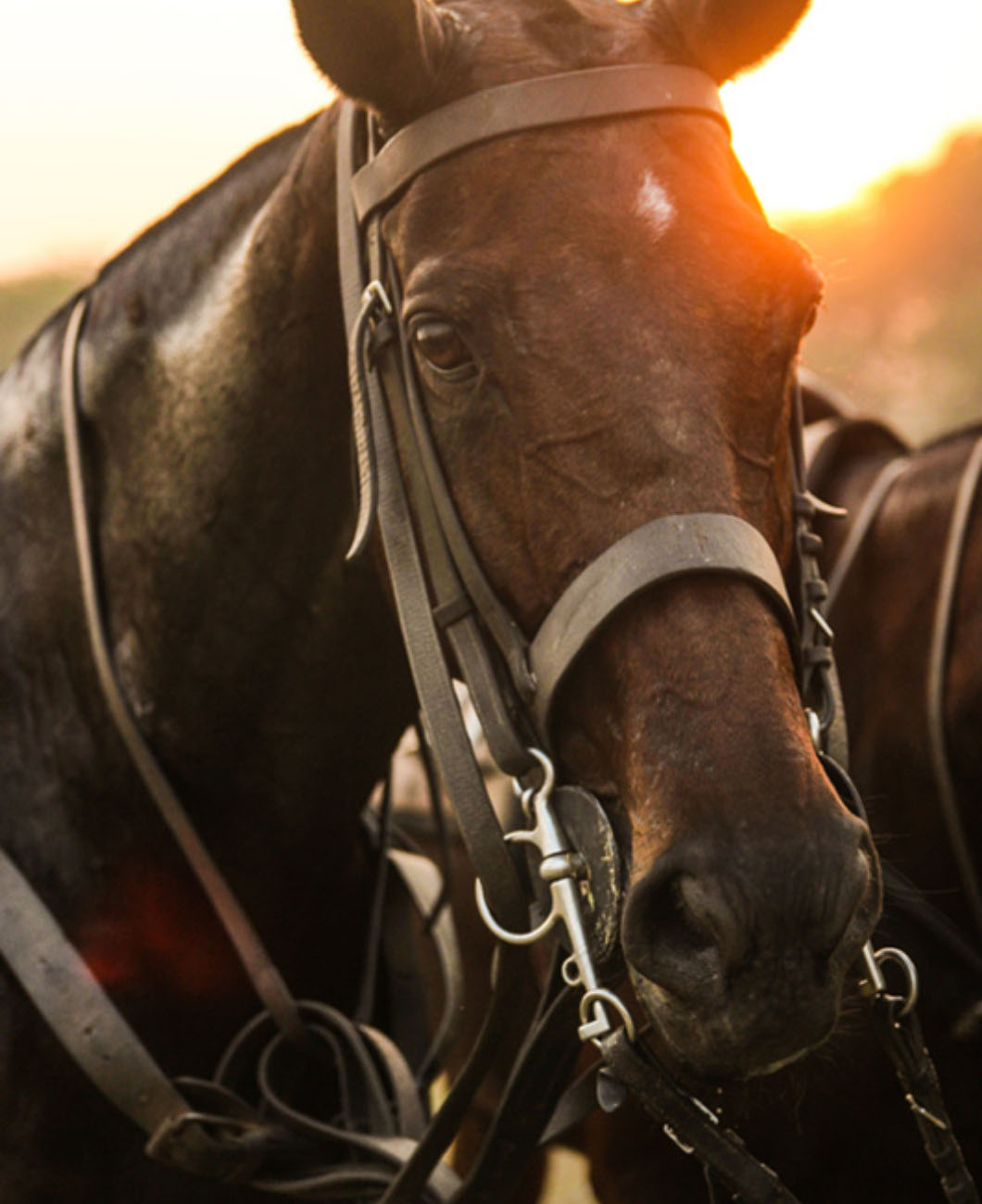
The younger ponies are trained for almost three years on an average before they actually enter the field for a competitive sport. At this, polo groom and player, Sangram Shekhawat says: “The ponies are usually trained for 3-4 years. Some of them are really quick in understanding the game, while others are a little difficult.”

Are all ponies fit to be absorbed into polo? Probably not! During these years of initial training, it is essential to understand whether or not the ponies are meant for the sport. Forcing them into the game is not the right choice. Naveen Jindal, a polo player and patron of Jindal Panther polo team, told LA POLO: “Not all ponies are polo ponies. You need to understand the interest of the pony. Some of them are good at racing but not at polo. While others are great for jumping and dressage. It is all about luck when it comes at finding the best polo pony.”

Polo requires a lot of strength. With 4 to 6 chukkers, where each lasts for 7 minutes, the ponies need to rush in a ground which is five times that of a football ground for 3.5 minutes straight. This undoubtedly requires a healthy diet and proper exercise. Here’s a glimpse of a typical day in the day of polo groom and its pony.


